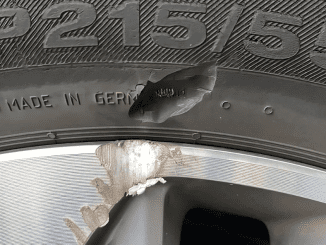The humble guillotine paper cutter, once a staple in offices and print shops, has a rich history that extends far beyond its practical applications. This unassuming device, inspired by the infamous guillotine of the French Revolution, has evolved to become a symbol of precision and efficiency, captivating collectors and enthusiasts alike.
The origins of the guillotine paper cutter can be traced back to the early 19th century, when French engineer Guillaume Massiquot patented his innovative design in 1844. Massiquot’s creation, inspired by the guillotine used for executions, featured a sharp blade mounted on a lever arm that could slice through paper with remarkable ease and accuracy.
This ingenious design quickly gained popularity, as the growing demand for precise paper cutting in offices, print shops, and bookbinding industries fueled the need for such a versatile tool. The vintage guillotine paper cutter was a ubiquitous presence in offices and printing shops throughout the 19th and 20th centuries.

Its primary function was to cut large stacks of paper to a uniform size, an essential task for producing books, brochures, and other printed materials. The cutter typically featured a sturdy wooden or metal base with a built-in ruler for measurement, a clamping mechanism to hold the paper in place, and a long, levered blade that could be pulled down to neatly slice through the stack.
The guillotine paper cutter’s legacy extends far beyond its practical applications. The device’s enduring design and precision have made it a cherished collectible item among antique enthusiasts and office history buffs. Many vintage guillotine paper cutters are now sought after for their aesthetic appeal, craftsmanship, and historical significance, serving as a tangible link to the ingenuity of past generations.
While technology has advanced, and many modern offices now rely on automated cutting machines, the fundamental principles of the guillotine paper cutter remain relevant. Contemporary paper cutters still employ a similar levered blade mechanism, with enhancements such as safety guards, ergonomic handles, and precision alignment tools. This evolution showcases the enduring influence of the vintage guillotine paper cutter on modern paper cutting devices.
The guillotine paper cutter’s legacy extends beyond its practical uses. Some artists and crafters have rediscovered the joys of using vintage cutters, appreciating the tactile feedback and precision they offer compared to modern alternatives. These creatives have embraced the guillotine cutter as a tool of artistic expression, using its sharp blades to create intricate paper-based artworks and unique design elements.
The cultural impact of the guillotine paper cutter is also evident in its linguistic legacy. The term “guillotine” has become synonymous with sharp precision and decisive action, often used metaphorically in various contexts. This linguistic evolution underscores the device’s profound influence on both language and industry, cementing its place in the collective consciousness.
The vintage guillotine paper cutter represents a remarkable blend of engineering, utility, and historical significance. Its evolution from a 19th-century innovation to a modern-day collectible highlights the enduring relevance and fascination with this quintessential office tool. Whether as a functional device or a cherished antique, the guillotine paper cutter continues to captivate and inspire, testament to its timeless design and legacy.


